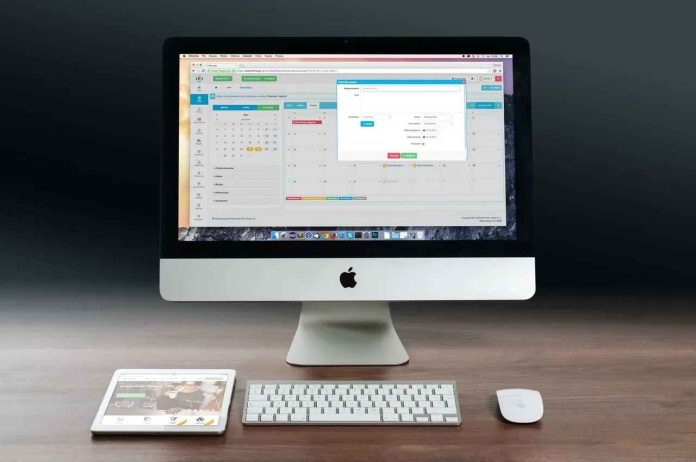With digitalization, consumers received new ways of shopping. The advent of technology adoption in retail has created the foundation for online shopping.
Customers can compare different products and prices to look for the best purchasing option. On the retailer’s side, price comparison software is a viable tool for determining the most attractive price.
When tapping into technological price-based advances in retail, you need to compare software prices. Choosing the best tool increases the chances of getting the instrument’s benefits.
Keeping that in mind, let’s explore the notion of price comparison software in greater detail, discover how you can effectively work, and choose one.
Table of Contents
The Nature of Price Comparison Software
Price comparison software is a technological tool allowing users to search for competitor prices, compare them, and offer in-depth insights into a company’s pricing strategy.
In most cases, the price comparison tool is rooted in factors like processing speed, data accuracy, and platform functionality. As a result, with the help of technology, you can process vast amounts of data and market-related factors to devise the best pricing strategies.
Often, retailers use different variations of price comparison software to choose between pricing strategies that boost profits, bring revenue, and increase sales volumes.
In most cases, businesses prefer market-based pricing and competition-based pricing. These approaches rely on data from competitors and adjust the pricing accordingly.
In best-case scenarios, companies use price intelligence to tap into advanced algorithms and get the most out of what the phenomenon has to offer.
How to Work with Price Comparison Software?
In such a case, when proper conditions are created, price comparison software can mean a difference between the pricing strategy that delivers and the one that does virtually nothing.
First, however, to tap into the technology, you need to know how it functions regardless of the case. Essentially, there are three steps involved:
- You determine which competitors have a direct impact on your business and pricing.
- You let the tool review the competitor data and your portfolio to determine the recommended prices.
- As a result, you get in-depth pricing insights that change decision-making and help devise actionable pricing plans.
Often, the first step is all about finding the right source of information. The thing is, not all competitors have an impact on your pricing and business.
The critical aspect is to know what rivals impact your company and which one does not have any effect. Later, the second step is about collecting and processing the relevant data. It can be product images, titles, units of measurement, and different descriptions.
The final step is to verify data and link it to your business objectives and existing pricing model.
How to Choose the Right Price Comparison Software?
Now, you know about how price comparison software works. However, even if you know the functionality factor, the next big thing is to learn how to choose the right price comparison software.
In such a case, when it comes to selecting the right technology, you need to consider these aspects:
- Data quality factor. First and foremost, every given price comparison software deals with data. The same is valid for pricing strategies in general. For dynamic pricing to work, you need to know the input information to fuel it with.
- In such a case, consider its data rate percentage when you look for price comparison software. In most cases, if the tool has a data rate lower than 90%, look for a different mechanism.
- Service Level Agreement (SLA). Every collaboration depends on the SLA. Before purchasing the price comparison software, you must check the tool’s quality, accuracy, and delivery.
- Besides, don’t forget to check the degree of customer support the software offers. In short, SLA shows the instrument’s advantages and disadvantages. Thus, with SLA, you can make a more informed decision.
- User Interface. When developing software, companies pay close attention to UI/UX. It is so because the user interface and user experience are one of the most vital aspects of any software.
- When selecting the price comparison software, check how easy you can use the software and how intuitive the interface is. So, check whether a tool has a free trial so you can test its user interface.
- The Profitability Factor.
- Finally, when searching for price comparison software, you need to check how profitable it is. At this point, the tool’s profitability often depends on how well the instrument can be integrated with your pricing strategy.
- As a result, when you choose the price comparison tool, correlate it to your key pricing approach.
Considering the aspects mentioned above is a direct way to select the price comparison software that delivers top-notch results. Keep in mind that the more accurately your search for the instrument, the higher chance of its best quality.

Why Care About Price Comparison Software?
Finally, even when you know how price comparison software works and how to select one, the key question remains – do you need the tool in the first place?
The answer is simple – about 2 billion people worldwide engage in online shopping and are expected to purchase goods and services worth about 2 trillion dollars.
In other words, with online shopping being a massive source of profitability, you just cannot afford not to use price comparison software to get a piece of that pie.
Price comparison software is a frontrunner in e-commerce and online shopping. It helps process vast amounts of data and uses technological advantage to get a competitive edge.
Essentially, later in the game, the companies having the best price comparison tools are the ones presenting the best pricing approaches.
Conclusion
With price comparison software fitting your business needs and pricing strategies, you can boost profits and increase sales.
What is more, the instrument helps understand the competition and automate pricing to meet the ever-changing market conditions. After all, it is apparent that e-commerce companies cannot avoid using some sort of advanced algorithms.
In such a case, price comparison software is a great starting point.














